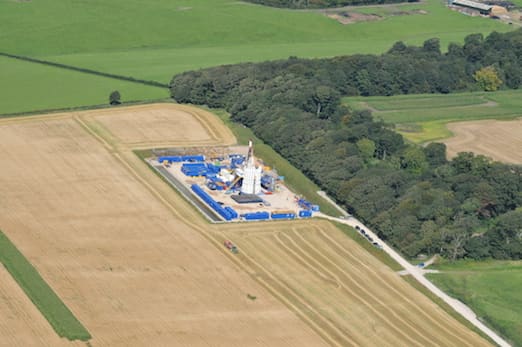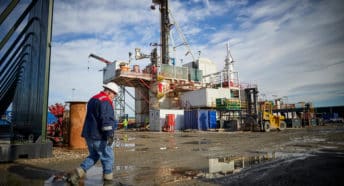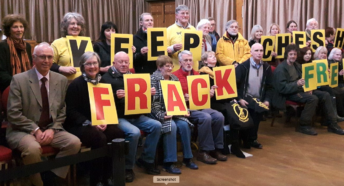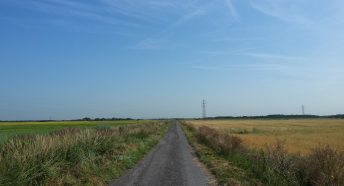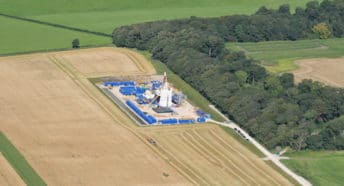CPRE Lancashire seeks refusal of Cuadrilla’s application for a sixth Variation of the Environmental Permit for its Preston New Road operations
CPRE Lancashire, Liverpool City Region and Greater Manchester has urged that Cuadrilla’s application for a sixth Variation of the Environmental Permit for its Preston New Road (PNR) operations be refused.
As background to our consideration of the matter, we have had in mind the June 2019 legislation which requires the UK to bring all Green House Gas (GHG) emissions to a new target of net zero by 2050, thus intensifying the demands of the Climate Change Act 2008.
At the end of last year, Cuadrilla carried out hydraulic fracture operations on its first well, namely PNR-1/1z and it is currently preparing to hydraulic fracture its second well, namely PNR-2, for which uniquely it has applied to the Environment Agency for permission to use an initial nitrogen lift. It is this application that we are opposing.
Nitrogen lift technology is intended to extend the productive life of a well when the down well pressure, following repeated hydraulic fracturing, has become too low for the hydrocarbon gas flow to lift to the surface the column of fluid in the borehole above. It results in a substantial quantity GHGs escaping into the atmosphere. The technique has been much used in the US, where the shale gas industry has benefited from the permissive attitude of the federal government to environmental protection, but we are unaware of its use in the exploration for shale gas anywhere in the UK.
The motivation for this application has its origin in Cuadrilla’s experiences carrying out hydraulic fracture of its PNR-1/1z well. The red threshold for the Traffic Light System (TLS) was exceeded on many occasions, two of them sufficiently intense for the surface tremors to be felt by local residents. A further major difficulty was that the hydrocarbon gas flow following hydraulic fracture was too low to maintain ignition of the flare (resulting in the escape of a significant amount of GHGs) and that propane had to be added to the gas flow in an attempt to maintain ignition.
Had the hydraulic fracturing being carried out according to the Hydraulic Fracture Plan (HFP) approved by the Oil and Gas Authority (OGA), these difficulties would have been avoided. The HFP requires accurate interpretation of the microseismic data generated by an array of down hole seismometers and there is evidence that Cuadrilla’s interpretation of these data was unsound. In consequence, Cuadrilla’s understanding of the geology and the extent of the penetration of the hydraulic fluid in real-time was insufficient for the avoidance of significant faults, some of them very likely highly stressed.
We reject Cuadrilla’s claim that the amount of GHG emission resulting from the anticipated nitrogen lift is acceptable because it would be negligible in comparison to the total UK GHG emissions. The relevant metric is the extent of the GHG emission resulting from the nitrogen lift relative to the amount of useful natural gas produced. There is also an overwhelmingly strong argument in favour of rejecting any technology which has a larger GHG footprint than a viable alternative procedure, as is the case here, namely the HFP.
It is important to note that the OGA-approved HFP for the PNR-2 well specifies in considerable detail the use of microseismic technology to ensure that the hydraulic fracture fluid remains within the boundaries of the target formations and does not reach any known faults. There is no mention of the use of a nitrogen lift, a fact which alone warrants refusal of this application, because we believe it is essential that the Permit is consistent with the HFP.
Therefore, rather than making major changes to the composition of the down hole fluid and seeking permission for a nitrogen lift with its accompanying harmful emission of GHGs to the atmosphere, Cuadrilla should be required to accurately interpret the microseismic data and implement the HFP.
For these reasons, which are more fully justified in the document attached below, we have urged that the application be refused.
